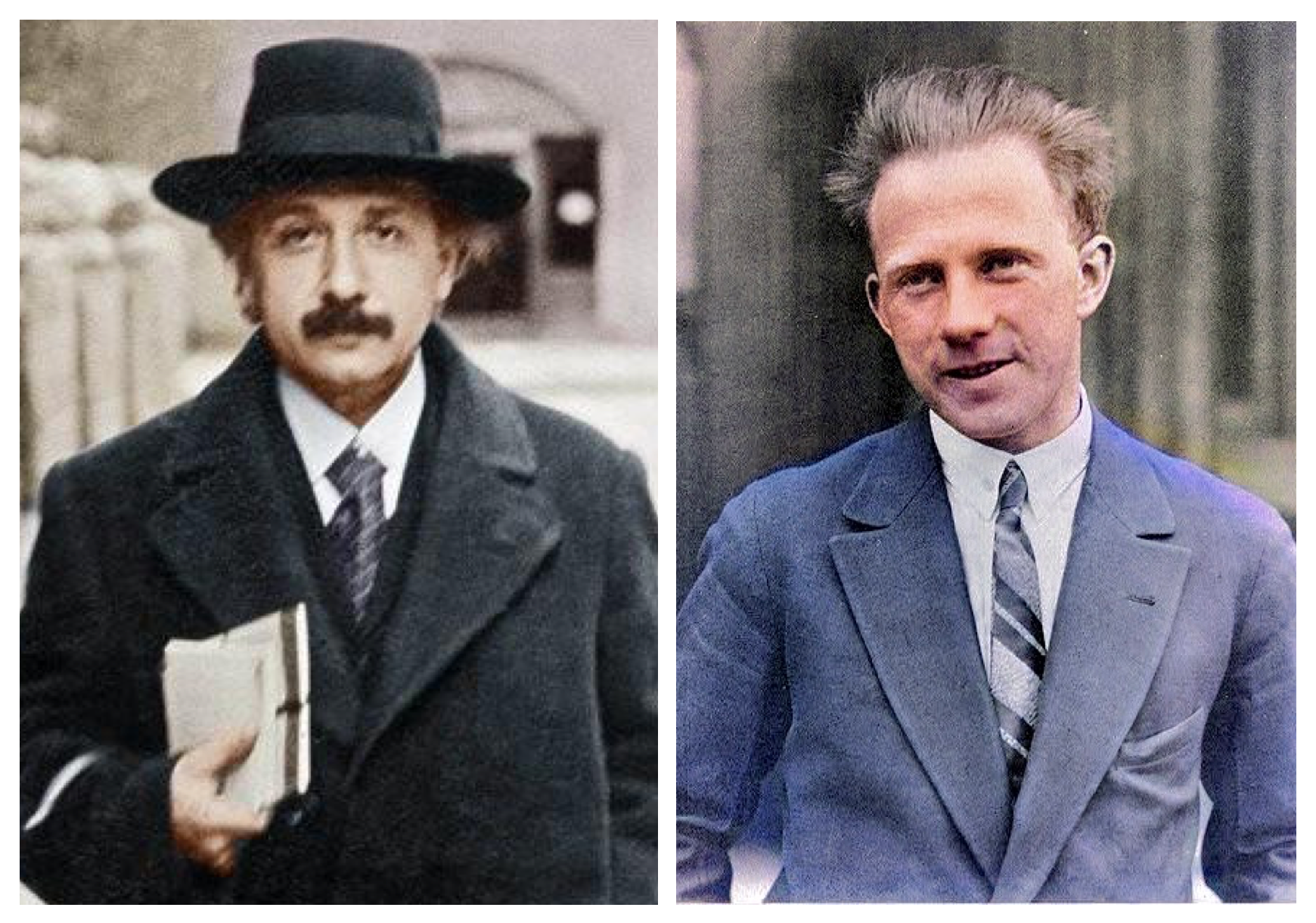Dmitri Ivanovich Mendeleev, a chemist from Russia born in 1834, is most renowned for his revolutionary contribution that transformed the principles of chemistry. His breakthrough was not the identification of a single element or compound but the development of a systematic arrangement that permanently altered the scientific method of approaching chemical elements. Mendeleev’s greatest achievement was the establishment of the Periodic Law and the development of the Periodic Table, which organized the known elements by their atomic weights and properties. This innovative scientific model not only illustrated what was understood about chemistry in the 19th century but also forecasted the presence and traits of elements that had not yet been discovered.
The Origins of the Periodic Table
Before Mendeleev’s involvement, chemists faced difficulties with an expanding list of elements, each possessing distinct and apparently disconnected characteristics. Various methods, like Dobereiner’s Triads and Newlands’ Law of Octaves, were tried to find connections among the elements, but these approaches were inconsistent and lacked the ability to foresee new discoveries.
Mendeleev meticulously studied the physical and chemical properties of all then-known elements alongside their atomic weights. Through this detailed comparison, he discerned a recurring pattern, or *periodicity*. Arranging the elements in rows according to increasing atomic weight, he noticed that properties appeared at regular intervals. This periodic repetition was the cornerstone of what came to be called the Periodic Law: *when elements are arranged in order of increasing atomic weight, their chemical and physical properties follow a periodic pattern*.
The 1869 Publication and Its Immediate Impact
In 1869, Mendeleev introduced the initial layout of his Periodic Table to the Russian Chemical Society. This design categorized elements with comparable chemical characteristics into vertical rows—what we currently call ‘groups’. He strongly believed in the fundamental periodicity, leading him to intentionally leave blanks in his table. Mendeleev confidently forecasted that these voids were associated with elements yet to be found. He even estimated their likely atomic masses and chemical properties, such as for “eka-silicon,” which was eventually identified as germanium.
The scientific community was initially doubtful about Mendeleev’s predictions. Nonetheless, as new elements like gallium (discovered in 1875), scandium (discovered in 1879), and germanium (discovered in 1886) were discovered and corresponded closely to his descriptions, his system became widely acknowledged. These achievements were remarkable as they confirmed not only theoretical insights but also guided experimental discovery.
Deviations and Innovations in Atomic Arrangement
Mendeleev observed situations where elements did not align with the anticipated order when strictly adhered to atomic weight. For instance, tellurium possessed a greater atomic weight than iodine, yet it required positioning before iodine to preserve the periodicity of properties. Mendeleev valued chemical properties more than rigid compliance with atomic weight, demonstrating his dedication to the foundational logical coherence of the table.
Years afterwards, the revelation of the proton and the comprehension of atomic numbers led scientists to verify that organizing elements according to ascending atomic numbers resolved previous irregularities. The layout of the periodic table, initiated by Mendeleev, demonstrated its strength; it incorporated fresh scientific discoveries and adjusted effortlessly to contemporary atomic theory.
Wider Consequences for Chemistry and Science
Mendeleev’s periodic table revolutionized the systematic organization of chemical elements. It evolved into a powerful analytical tool, a forecasting framework, and a cornerstone reference for chemistry in theory and practice. Chemists in the pharmaceutical industry, metallurgists, and industrial scientists utilized the table to hypothesize the presence of undiscovered elements and to optimize the creation of new substances.
Apart from the direct practical consequences, the chart offered an understanding of atomic composition and helped advance quantum theory. The periodic trends outlined by Mendeleev established a foundation for grasping electron arrangements and the creation of chemical bonds, which are fundamental aspects of contemporary chemistry.
A History of Forecasting Ability and Scientific Precision
Reflecting on the scope of Mendeleev’s discovery, it becomes clear that his greatest contribution was crafting a scientific tool capable of generating and testing new hypotheses. He transformed the chaos of 19th-century element knowledge into a coherent system, allowing subsequent generations to see patterns, draw connections, and push the boundaries of chemical science. The periodic table remains a symbol of the power of human insight to discern order in complexity and to foresee what the eye cannot yet observe. In the scientific world, few discoveries have had so extensive a ripple effect, shaping research, education, and understanding across the globe.




